Embarking on the journey of sourdough baking is incredibly rewarding, offering the unique satisfaction of creating bread with a depth of flavor and texture unlike any other. One of the first hurdles many aspiring sourdough bakers face is obtaining a sourdough starter. If you’re asking yourself, “Where can I buy sourdough starter?”, you’re in the right place. While making a starter from scratch is an option, it requires time and patience. Luckily, there are several convenient and reliable ways to get your hands on a thriving starter and begin baking sooner.
This guide explores the best places to find a sourdough starter, catering to different needs and preferences. Whether you’re looking for instant gratification or a more community-based approach, we’ll help you discover the perfect source to kickstart your sourdough adventures.
Exploring Your Options: Where to Find Sourdough Starter
Acquiring a sourdough starter doesn’t have to be a daunting task. Here are several avenues you can explore:
Local Bakeries: Fresh and Authentic
One of the most traditional and often best sources for a sourdough starter is your local bakery. Bakeries that specialize in sourdough bread often maintain their own starters, some of which have been nurtured for years, even generations.
Pros:
- Authenticity: Bakeries often use established, robust starters that contribute to their signature bread flavor.
- Freshness: You’re likely getting a live, active starter ready to use (or easily activated).
- Local Support: Purchasing from a local bakery supports your community and builds relationships with baking experts.
Cons:
- Availability: Not all bakeries sell their starters, and those that do may have limited availability or charge a premium.
- Inconsistency: Starter characteristics can vary significantly between bakeries, impacting your bread’s flavor and baking process.
How to Proceed: Call your local artisan bakeries and inquire if they sell or give away portions of their sourdough starter. Be prepared to explain you are a home baker and are looking to begin your sourdough journey.
Neighborly Help: Tapping into Community Spirit
The sourdough community is known for its generosity and willingness to share. Asking a neighbor who bakes sourdough bread for a starter is a wonderful way to connect with fellow enthusiasts and potentially gain a starter with a local history.
Pros:
- Community Connection: It’s a great way to meet like-minded individuals in your neighborhood and potentially exchange baking tips and experiences.
- Free or Low Cost: Neighbors are often happy to share a portion of their starter for free or a small token of appreciation.
- Personal Touch: You might get insights into the starter’s history and care directly from the source.
Cons:
- Reliability: Finding a neighbor who bakes sourdough and is willing to share may require some effort.
- Starter Health: The health and activity level of a neighbor’s starter can vary.
How to Proceed: Reach out through neighborhood social media groups, community forums, or even just ask around if you know someone who enjoys baking.
Online Marketplaces: Convenience at Your Fingertips
For many, especially those without local bakery access or neighborly connections, purchasing a sourdough starter online is the most convenient and reliable option. Online marketplaces offer a wide variety of starters, both live and dehydrated, from specialized vendors.
Pros:
- Wide Selection: Online retailers offer diverse starter types (e.g., rye, whole wheat, ancient grains) and origins (e.g., San Francisco, French).
- Convenience: Starters are shipped directly to your door, saving time and effort.
- Dehydrated Options: Dehydrated starters are shelf-stable, easy to ship, and revive quickly.
Cons:
- Shipping Time: Live starters may be affected by shipping conditions and time in transit.
- Quality Variation: It’s crucial to choose reputable vendors to ensure starter quality and viability.
- Activation Required: Dehydrated starters need to be rehydrated and activated before use, adding a few days to the process.
Key Considerations When Buying Online:
- Dehydrated vs. Live Starter:
- Dehydrated Starter: More common for online purchase due to ease of shipping. Needs to be reactivated with water and flour, typically taking 2-5 days. Very reliable if you follow activation instructions.
- Live Starter: Shipped in a dormant but active state. May be ready to bake with sooner but can be more sensitive to shipping conditions. Choose vendors with fast shipping options.
- Reputable Online Vendors: Look for sellers with good reviews and clear instructions on starter activation and care. Websites like Etsy, Amazon (search for “dehydrated sourdough starter cultures” Amazon Link), and specialized baking supply stores are good places to start.
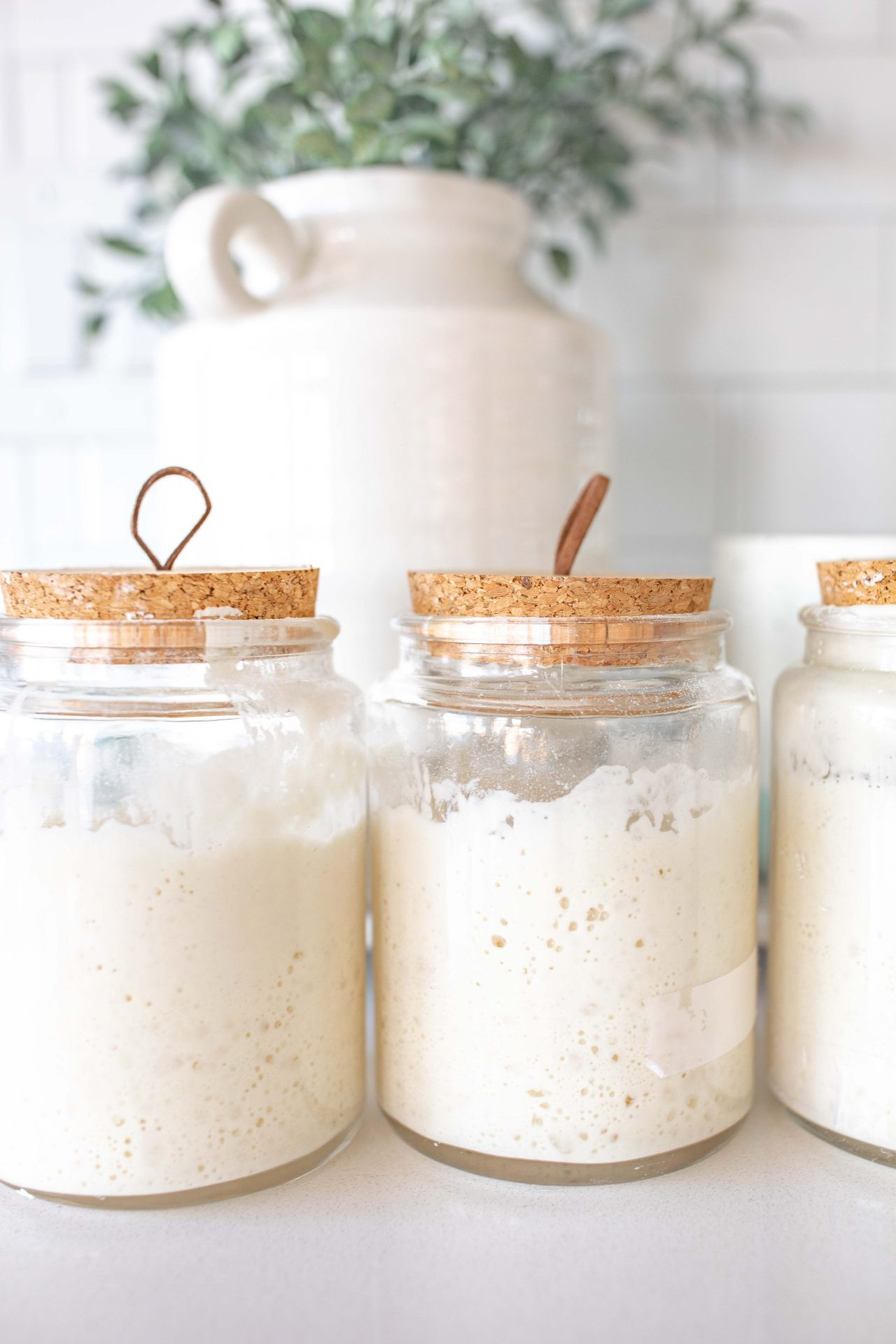 sourdough starter, how to feed sourdough, sourdough bread recipe, the best recipe for sourdough bread, sourdough for beginners, sourdough recipes online, free sourdough recipe, how to make sourdough bread, how to make sourdough starter, bread making, baking, bread baking, sourdough terms, what is discard, what is sourdough bread, what is sourdough starter, sourdough life, sourdough recipes, sourdough blogger
sourdough starter, how to feed sourdough, sourdough bread recipe, the best recipe for sourdough bread, sourdough for beginners, sourdough recipes online, free sourdough recipe, how to make sourdough bread, how to make sourdough starter, bread making, baking, bread baking, sourdough terms, what is discard, what is sourdough bread, what is sourdough starter, sourdough life, sourdough recipes, sourdough blogger
Making Your Own: The DIY Route (For the Patient Baker)
While this article focuses on “where to buy sourdough starter,” it’s worth mentioning that creating a starter from scratch is entirely possible. It involves mixing flour and water and nurturing the wild yeasts and bacteria present in the flour and air over several days or weeks.
Pros:
- Complete Control: You have full control over the ingredients and process.
- Deep Understanding: You gain a profound understanding of sourdough fermentation from the ground up.
- Cost-Effective: Only requires flour and water.
Cons:
- Time-Consuming: Takes 1-2 weeks (or longer) to establish a reliably active starter.
- Potential for Failure: Requires careful attention and can be frustrating if it doesn’t activate properly.
- Less Predictable: The characteristics of a homemade starter can be less predictable than those of a purchased starter.
When to Choose This Option: If you are patient, enjoy experimentation, and want to experience the entire sourdough process from its very beginning, making your own starter is a rewarding endeavor. However, for quicker results and a higher chance of success, buying a starter is often recommended, especially for beginners.
Activating Your Dehydrated Sourdough Starter: A Simple Guide
If you’ve opted for the convenience of purchasing a dehydrated sourdough starter online, the next step is activation. Don’t worry; it’s a straightforward process that will bring your starter to life in a few days. Here’s a step-by-step guide based on common activation instructions:
What you’ll need:
- Dehydrated sourdough starter cultures
- Filtered water (lukewarm, around 70°F or 21°C)
- All-purpose flour (or as recommended by the starter instructions)
- Clean jar (glass is ideal)
- Measuring tools
Day One: Rehydration and Initial Mix
-
Rehydrate: In a clean bowl or jar, combine the dehydrated sourdough starter with the amount of lukewarm filtered water specified in the instructions (typically around 3 ounces). Gently stir to dissolve any clumps. Let it sit for about 3 hours. Stir occasionally every 30-45 minutes during this period. This rehydration step is crucial to awaken the dormant cultures.
-
First Feed: In a separate clean jar, add 3 ounces of lukewarm filtered water and 3 ounces of all-purpose flour. Mix to create a smooth slurry.
-
Combine: Pour the rehydrated sourdough starter mixture into the flour and water slurry. Mix well to combine. Ensure there are no undissolved chunks from the dehydrated starter.
-
Rest: Cover the jar loosely (allowing air circulation) and let it sit at room temperature (ideally 70-75°F or 21-24°C) for 12-24 hours. A slightly warmer spot can encourage faster activation.
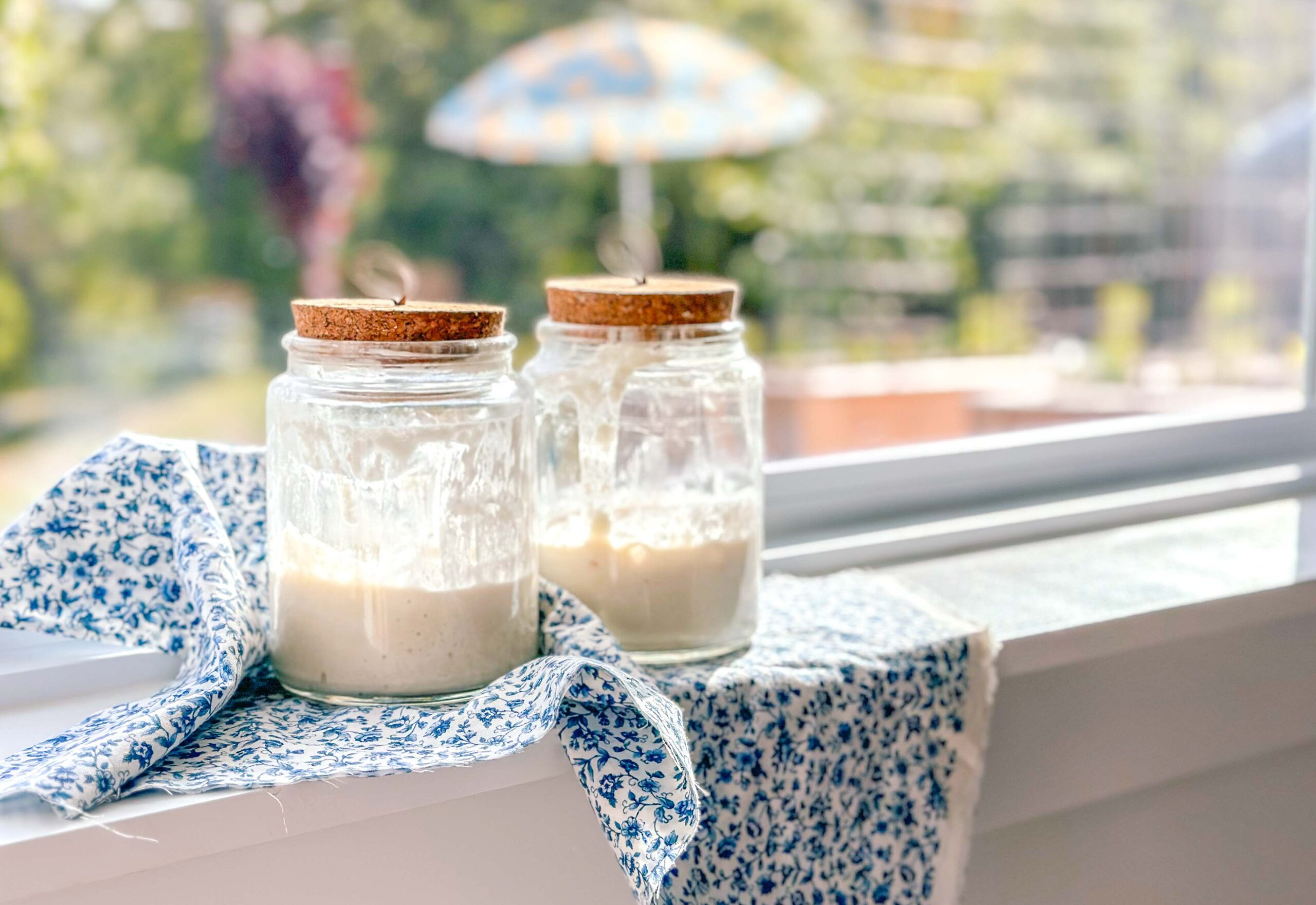 sourdough starter, how to make sourdough starter, how to find sourdough starter, how to activate dried sourdough starter, sourdough cultures dried, where to buy sourdough starter, how can I get sourdough starter, how to make sourdough
sourdough starter, how to make sourdough starter, how to find sourdough starter, how to activate dried sourdough starter, sourdough cultures dried, where to buy sourdough starter, how can I get sourdough starter, how to make sourdough
Day Two: Observing Activity and Feeding
-
Observe: After 12-24 hours, check for signs of activity. You should start seeing small bubbles forming in the mixture, and there might be a slight increase in volume or a thin layer of liquid (hooch) on top. These are positive signs of fermentation starting.
-
Second Feed: Add another 3 ounces of lukewarm filtered water and 3 ounces of all-purpose flour to the jar. Stir well to incorporate.
-
Rest Again: Let the starter rest at room temperature for another 8-12 hours.
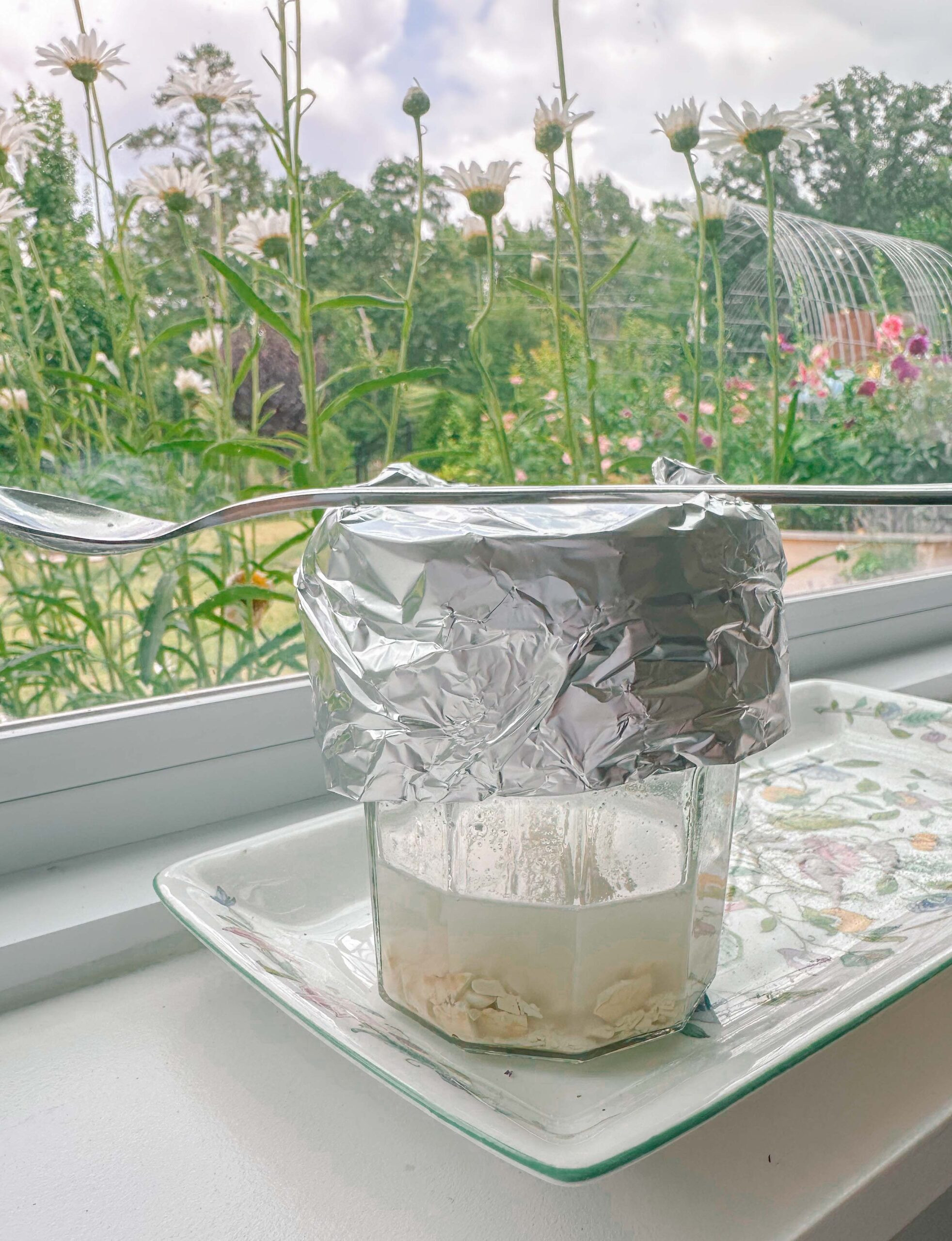 sourdough starter, how to make sourdough starter, how to find sourdough starter, how to activate dried sourdough starter, sourdough cultures dried, where to buy sourdough starter, how can I get sourdough starter, how to make sourdough
sourdough starter, how to make sourdough starter, how to find sourdough starter, how to activate dried sourdough starter, sourdough cultures dried, where to buy sourdough starter, how can I get sourdough starter, how to make sourdough
Day Three: Confirming Activation and Readiness
-
Increased Activity: By day three, you should see significantly more bubbles throughout the starter, and it may have risen noticeably in the jar. The smell should be pleasantly sour and slightly yeasty.
-
Feeding for Baking: This step prepares your starter for baking. Discard about 6 ounces (or half) of the starter.
-
Final Feed: Add 3 ounces of lukewarm filtered water and 3 ounces of all-purpose flour to the remaining starter in the jar. Mix thoroughly.
-
Growth Measurement: Mark the level of the starter on the jar with a rubber band or marker. This will help you track its rise.
-
Proofing Time: Let the starter sit at room temperature for 6-10 hours. It should ideally double in volume within this time.
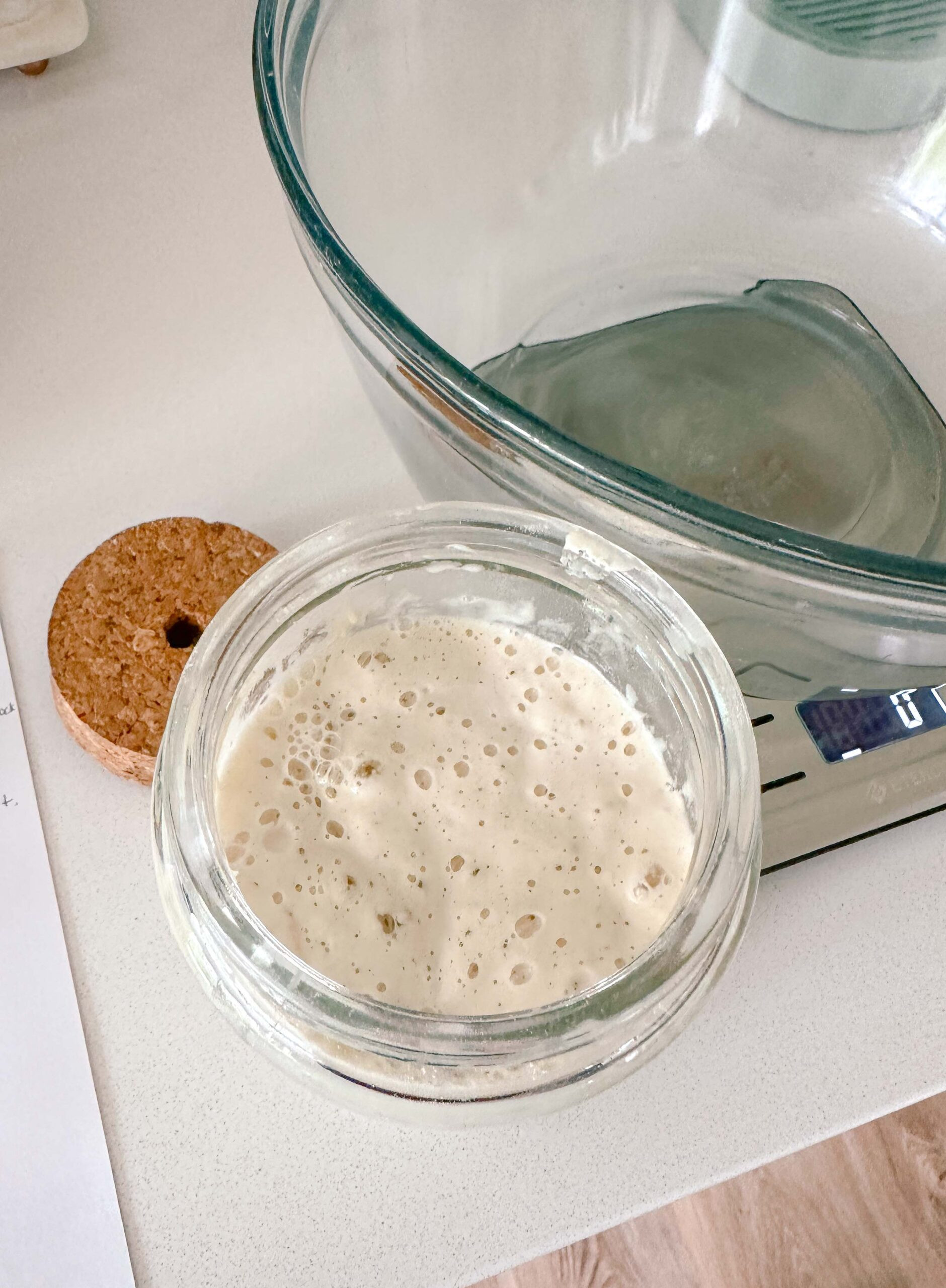 sourdough starter, how to make sourdough starter, how to find sourdough starter, how to activate dried sourdough starter, sourdough cultures dried, where to buy sourdough starter, how can I get sourdough starter, how to make sourdough
sourdough starter, how to make sourdough starter, how to find sourdough starter, how to activate dried sourdough starter, sourdough cultures dried, where to buy sourdough starter, how can I get sourdough starter, how to make sourdough
Day Four (and Beyond): Baking Time!
If your starter has doubled in size and shows good bubble activity within 6-10 hours after the final feed, it’s generally ready to bake with! If it hasn’t doubled, continue feeding it once or twice more every 12 hours, discarding half before each feed, until it consistently doubles predictably.
Maintaining Your Sourdough Starter: Keeping the Culture Alive
Once your sourdough starter is active, you’ll want to keep it healthy for ongoing baking. Here are the basics of sourdough starter maintenance:
Daily Care and Feeding (If Baking Frequently)
If you bake sourdough bread regularly (every 1-2 days), you can keep your starter at room temperature and feed it daily. A common feeding ratio is 1:1:1 (starter:water:flour) by weight. For example, discard down to 50g of starter and feed it with 50g water and 50g flour.
Refrigeration for Less Frequent Baking
If you don’t bake as often, storing your starter in the refrigerator slows down fermentation significantly. You only need to feed it every 1-2 weeks while refrigerated. Before refrigerating, it’s best to feed it.
Reviving Starter After Refrigeration
When you’re ready to bake after refrigeration, take your starter out and let it come to room temperature for about an hour. Then, feed it as usual. It may take 1-2 feedings to become fully active and double reliably again.
Troubleshooting Common Starter Issues
Even with careful attention, sourdough starters can sometimes present challenges. Here are some common issues and quick solutions:
- Starter Isn’t Bubbling or Rising: Ensure your kitchen isn’t too cold. Warmer temperatures (70-75°F) are ideal. Feed consistently and give it time.
- Starter Smells Like Nail Polish Remover (Acetone): This indicates it’s very hungry. Feed it immediately.
- Liquid on Top (Hooch): Also a sign of hunger. Stir it back in and feed your starter.
- Mold or Discoloration (Pink/Orange): Discard immediately and start a new starter. Mold is not safe.
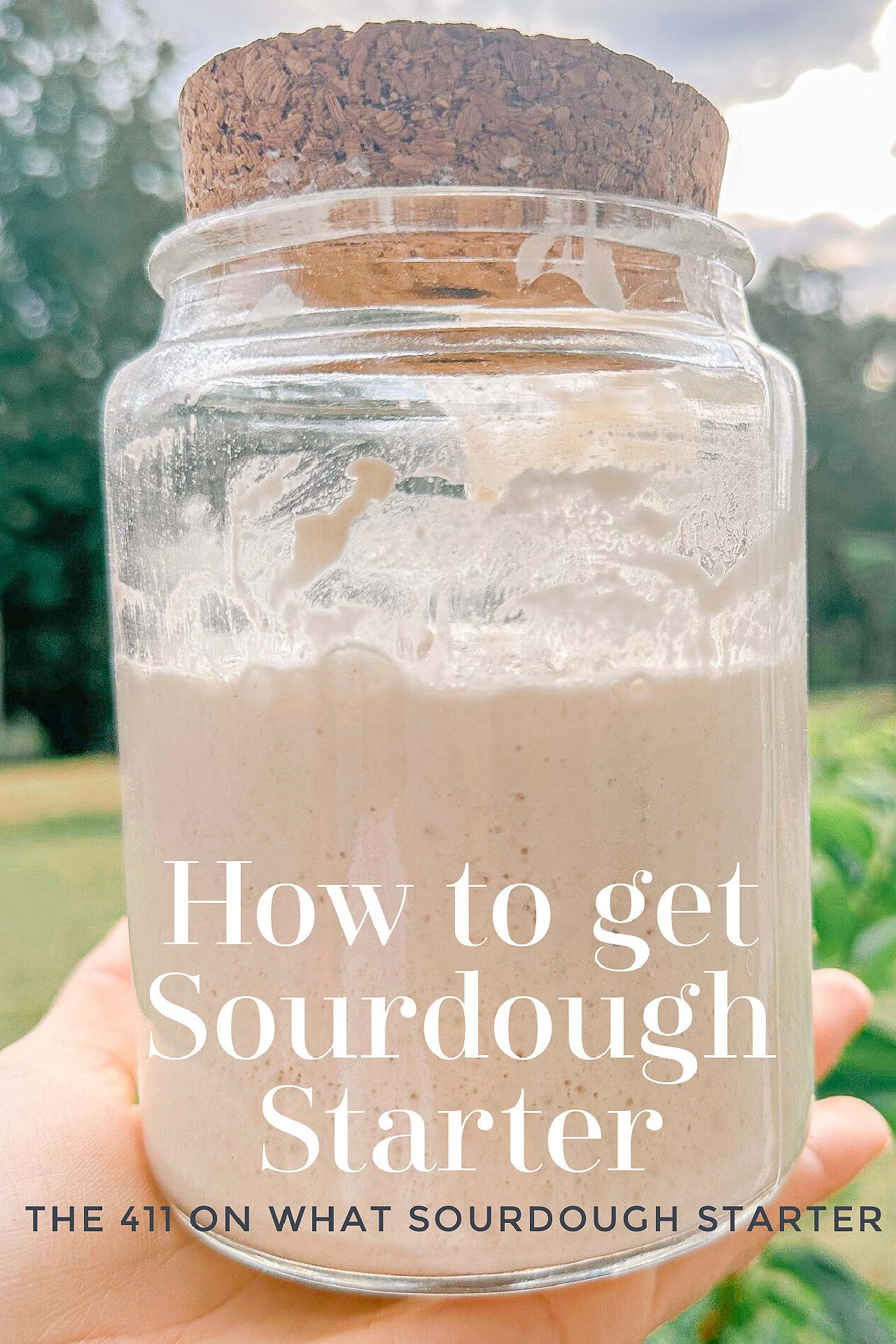 sourdough starter
sourdough starter
Ready to Bake?
Finding a sourdough starter is the first exciting step in your sourdough journey. Whether you choose the convenience of online purchase, the community spirit of asking a neighbor, or the authenticity of a local bakery, you’re now equipped to obtain this essential ingredient. With a little care and feeding, you’ll have a thriving sourdough starter ready to create delicious homemade bread and other sourdough delights. Happy baking!
Let’s get social!
- Have you baked sourdough bread before?
- What are your biggest sourdough baking questions?
- What excites you most about sourdough baking?

